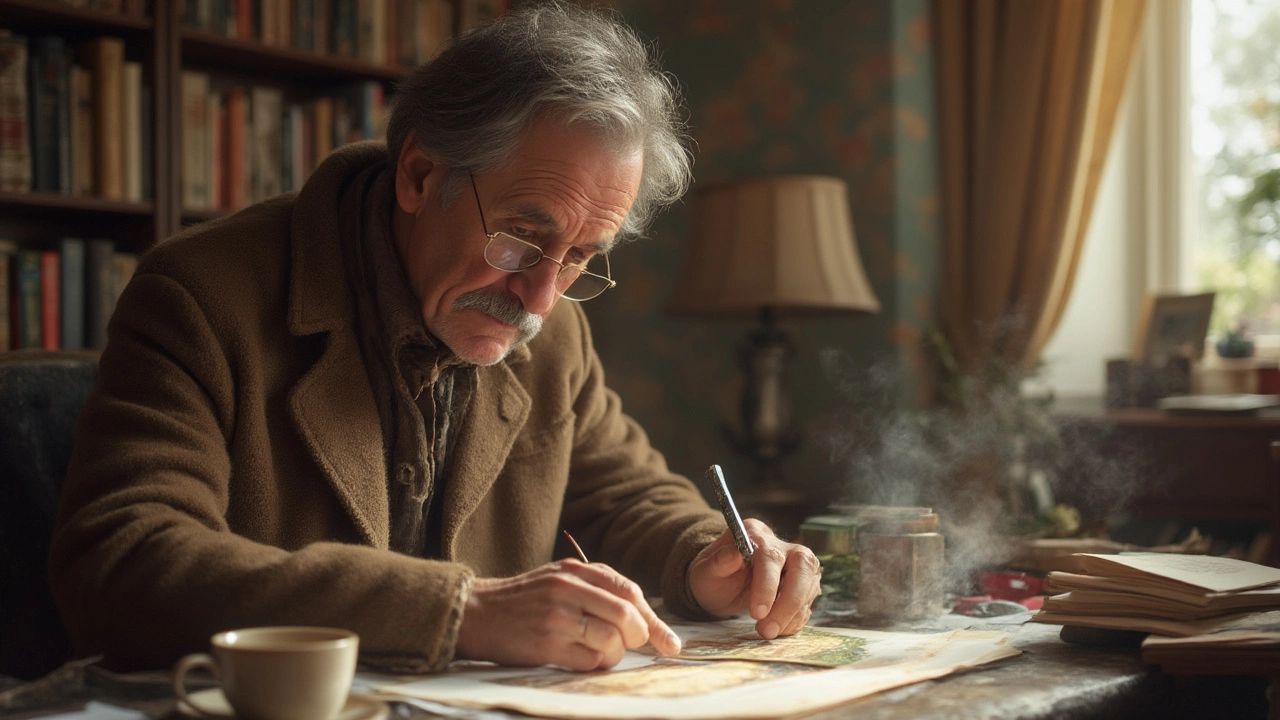Giclee Print – What It Is and Why Artists Love It
If you’ve ever seen a museum‑quality art print and wondered how it stays so sharp, you’ve probably heard the word “giclee.” It’s basically a fancy name for a high‑resolution inkjet print that looks just like the original artwork. Artists and collectors choose giclee because the colors stay true, the details stay crisp, and the print lasts for years without fading.
Think of a giclee print as a digital photo of a painting, but printed on special paper or canvas with archival inks. The result feels and looks almost exactly like the real thing. That’s why many galleries offer limited‑edition giclee prints – they can sell multiple copies without lowering the value of the original.
How Giclee Prints Are Made
First, the artist creates a high‑resolution digital file of the artwork. That file should be at least 300 dpi, which means there are enough pixels to keep the image sharp when it’s printed big. Then a professional printer loads the file onto a large‑format printer that uses pigment‑based inks. These inks are more durable than regular dye inks and won’t fade quickly.
The printer also uses premium paper or canvas. Choices range from matte fine‑art paper, which feels like a museum print, to textured canvas that mimics a painted surface. Some printers even add a protective coating on top so the print resists moisture and UV light.
Because the printer lays down tiny droplets of ink, the colors blend smoothly and there’s no banding or pixelation. The process is called “giclée,” a French word that means “to spray.” It’s a simple way to describe the precise, spray‑like ink drops that create the image.
Choosing the Right Giclee Printer
Not all printers are created equal. Look for a service that uses archival pigment inks and acid‑free paper. Ask to see a sample print – a good printer will have a portfolio of colors and textures you can touch. If you’re printing a limited edition, make sure the printer can number and sign each piece for authenticity.
Cost varies, but a typical 16×20 inch giclee on fine‑art paper runs between £30 and £80. Canvas prints are a bit pricier because of the extra coating. Remember that you’re paying for longevity; cheaper prints often use lower‑quality inks that fade in a few years.
Before you order, double‑check the file format. Most printers accept TIFF or high‑quality JPEG files. Keep the color profile set to Adobe RGB so the colors stay accurate from screen to print.
Once you have your giclee, treat it like a piece of art. Hang it out of direct sunlight, avoid humidity, and consider framing it with UV‑protective glass. With the right care, a giclee can stay vibrant for decades, making it a smart investment for anyone who wants to enjoy great art without breaking the bank.
In short, a giclee print gives you museum‑grade quality, lasting color, and the freedom to own multiple copies of a favorite work. Whether you’re an artist looking to expand your reach or a collector hunting for affordable originals, giclee is a simple and reliable way to bring art into everyday spaces.

17 Jul 2025
Discover practical steps to spot authentic giclee prints and avoid fakes. Learn key identifiers, printing secrets, and must-know tips for art collectors.
Continue reading...
